January 27, 2022
What’s Wrong with My Houseplants?
When wintry weather tucks us indoors, it’s also mighty comfy for insects that burst like clouds on our houseplants. And what about those yellowing leaves, browned edges, or mysterious holes? Passionate plant parent Chloe Phea zooms in on common problems and what we can do about them, recording from home where she’s mom to (at least) 200 houseplants!
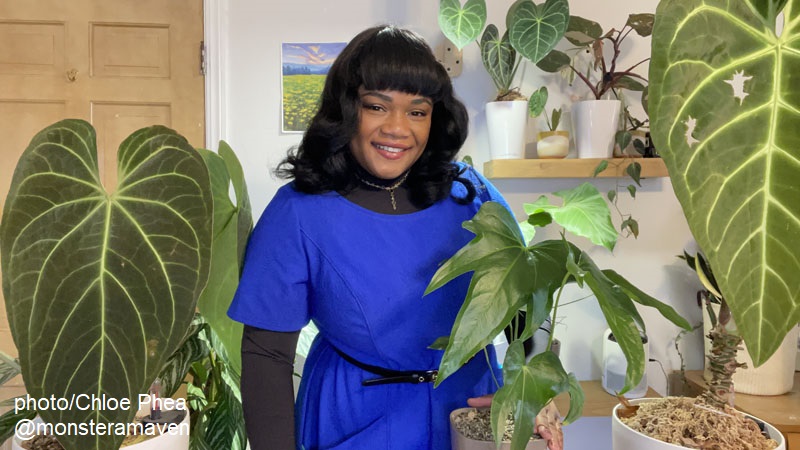
On Instagram as the popular @monsteramaven, she chats with fellow indoor gardeners about everything from plant propagation to lighting and watering. Right now, one of the top questions: pesky insects like fungus gnats.
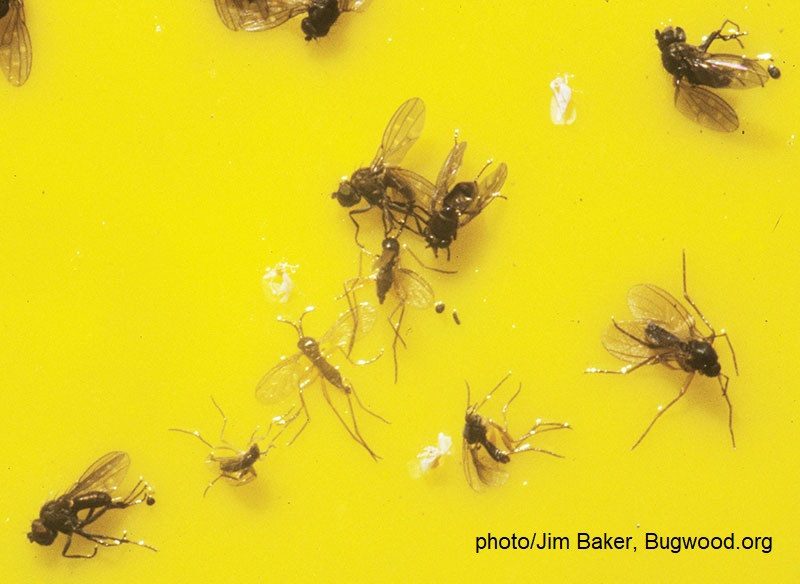
Swarms of these tiny insects (about 1/16 to 1/8-inch long) infest our plants, flying into our anxious faces. They also multiply like crazy. “Once you’ve spotted some adults, you already probably have hundreds, if not thousands, of larvae in your substrate (soil/growing medium),” Chloe tells us.
How do we prevent them? Slow down on the watering! Overwatering creates an ideal breeding ground. “If your substrate is allowed to dry more evenly and thoroughly between waterings, guess what, there’s no suitable habitat for those gnats to lay their eggs and then develop larvae and keep that cycle going.”
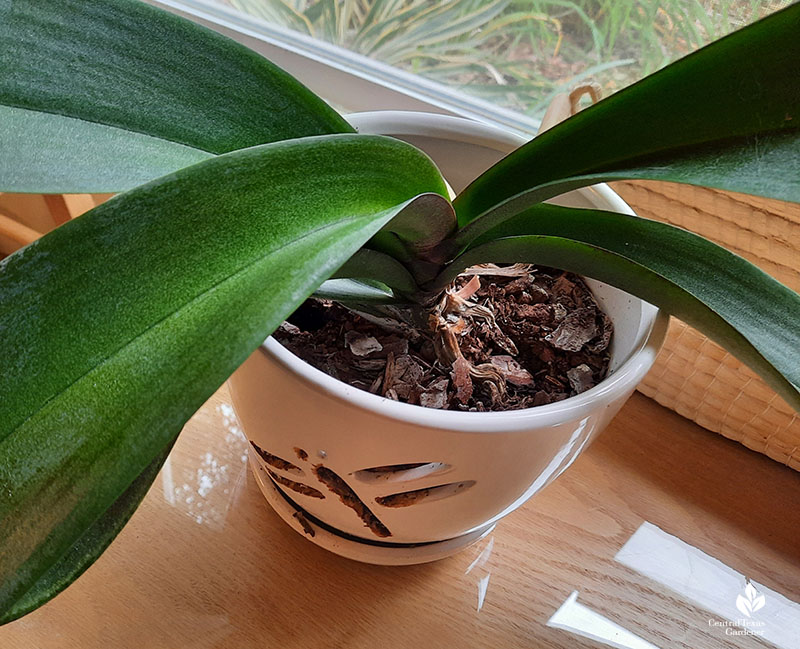
To kill existing larvae, add a few Mosquito Bits to the soil. Chloe uses the larger Mosquito Dunks. She breaks one in half and dissolves in a gallon of water. Let it soak for an hour before watering.
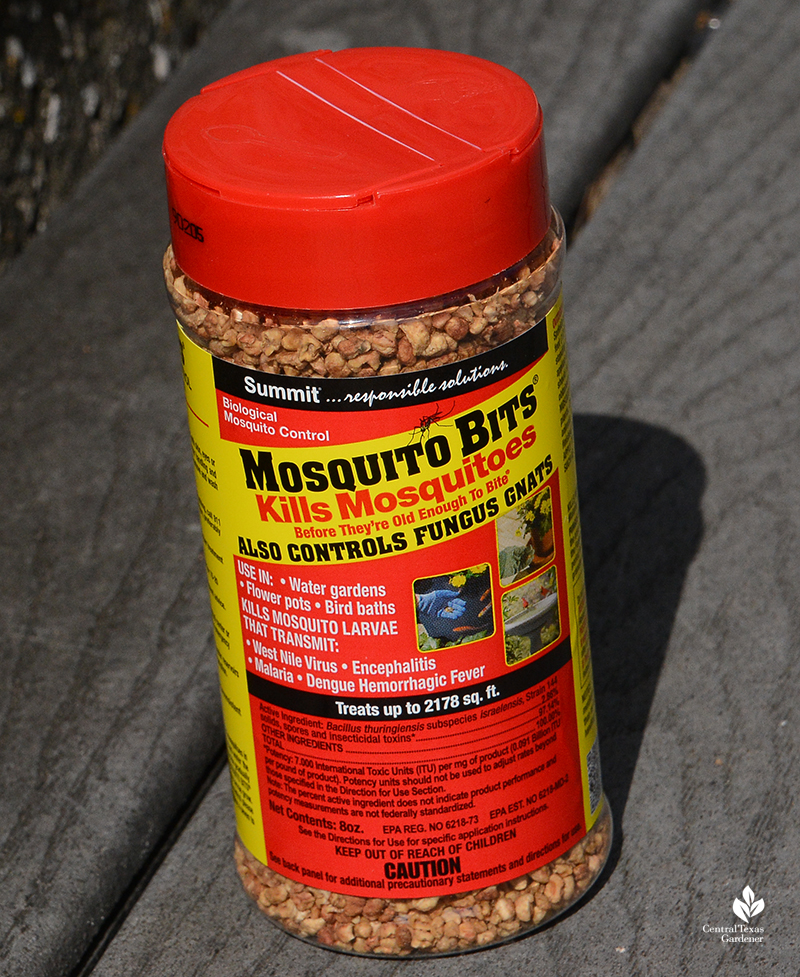
Catch adult fungus gnats with yellow sticky tape or traps. Chloe also likes to use a gnat catcher that utilizes UV light and a sticky trap inside. “I just run it at night on a timer and it basically catches any little weird flying itty bitties going around,” she notes.
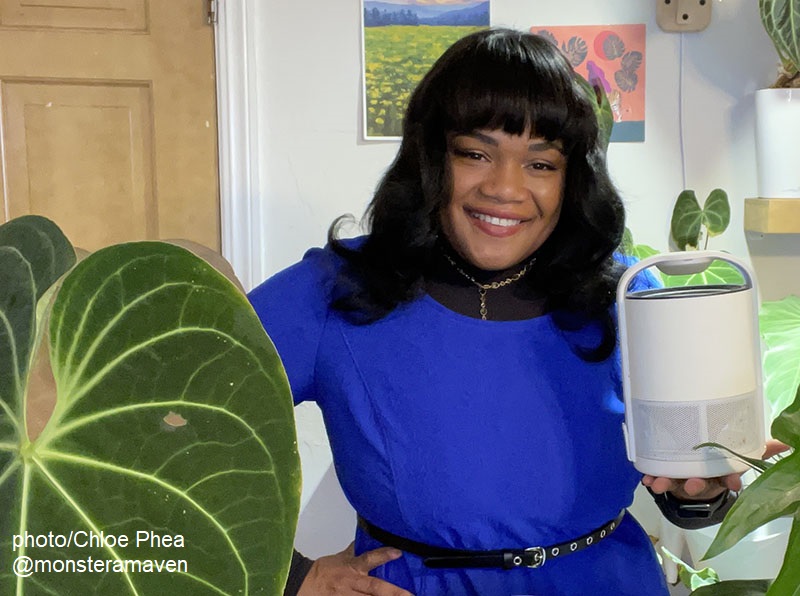
Whiteflies, common pests indoors and outside, cause serious problems. Thanks to viewer Tina Williams who coincidentally sent this picture as Chloe and I planned this segment!
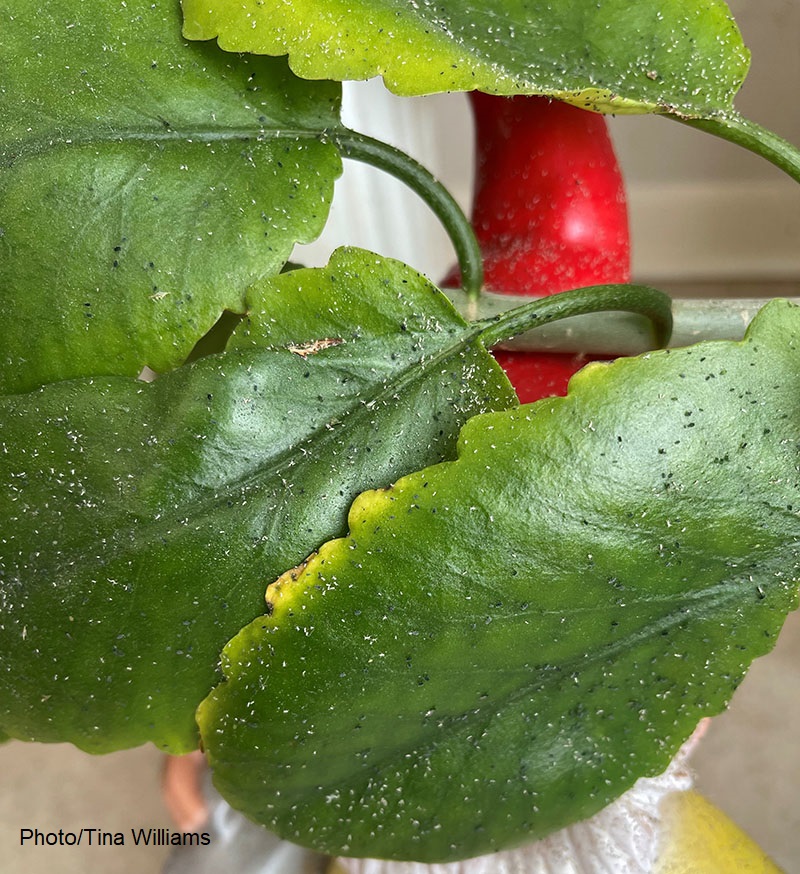
These are piercing, sucking insects that puncture leaves. Not only do they disrupt nutrient uptake, they can introduce disease. Whitefly secretions lead to honeydew, a sticky substance that creates a fungal disease (like sooty mold on our outdoor plants due to whiteflies and aphids).
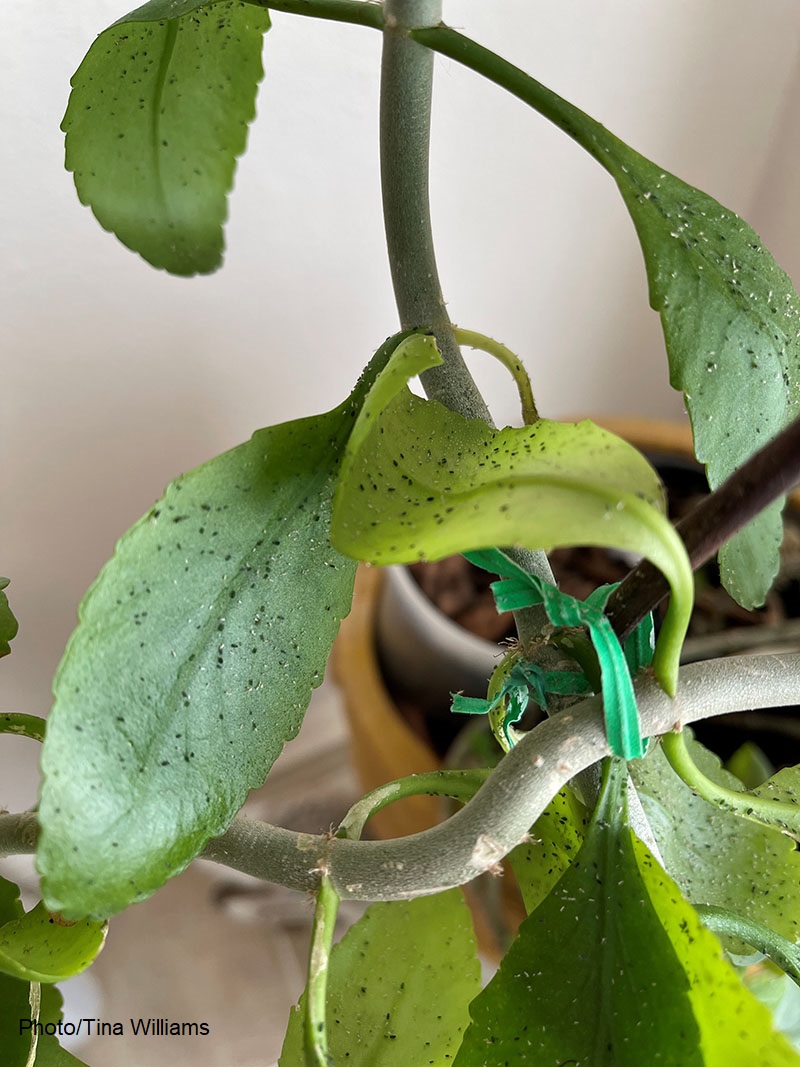
First defense: If possible, take affected plants outside and blast them with a water hose, including under the leaves. Whether you can do that or not, wipe down leaves (top and underneath) and stems with insecticidal soap, neem oil, or horticultural oil.
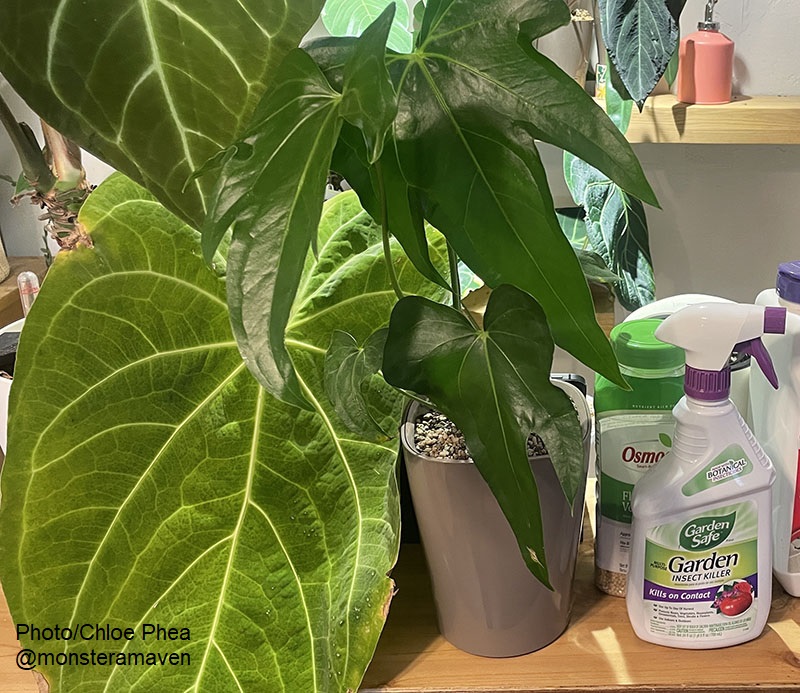
It’s essential to keep on top of it, since vigilance and repetition are the only ways to get control. Remove affected leaves and discard them in a tightly-tied bag in the outside trash bin.
So, what about yellowing leaves? There are countless reasons and we couldn’t possibly play plant detective on this one. Here are the most common:
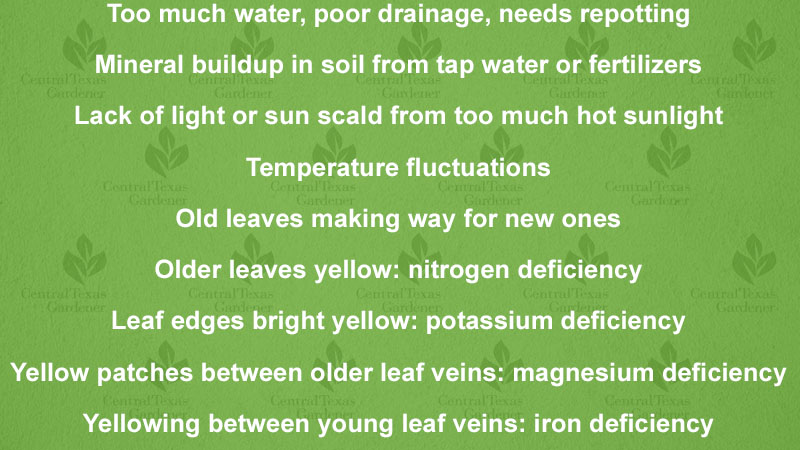
Lack of humidity in our heated winter homes can also lead to yellowing leaves, mysterious holes, and browned leaf edges. Chloe recommends investing in a humidifier: “You don’t have to run it all day, but a couple of hours a day makes all the difference in preventing damage.”
And remember, it IS winter, and many tropical plants simply slow down. Chloe advises taking a deep breath. “You’re not a bad plant parent because your plants have yellowing leaves. You’re not a bad plant parent because things die back. Plants will grow back if there’s a node, if there are roots, if there is light, and even some plants, they germinate in the darkness. There’s so much resilience and flexibility. So, give yourself a break and be prepared for spring!”
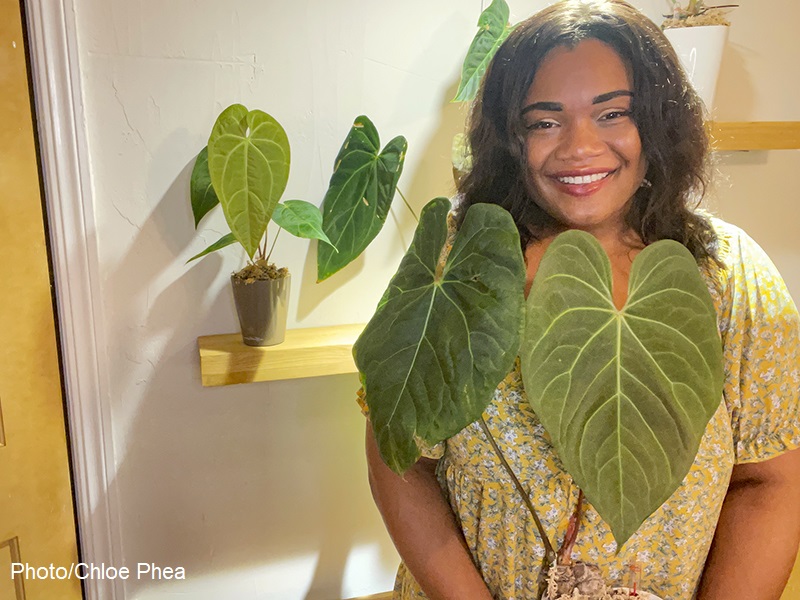
Connect with Chloe on Instagram for one-on-one consultations, live chats, and more.
Watch her past CTG segment on growing semi-hydro plants.
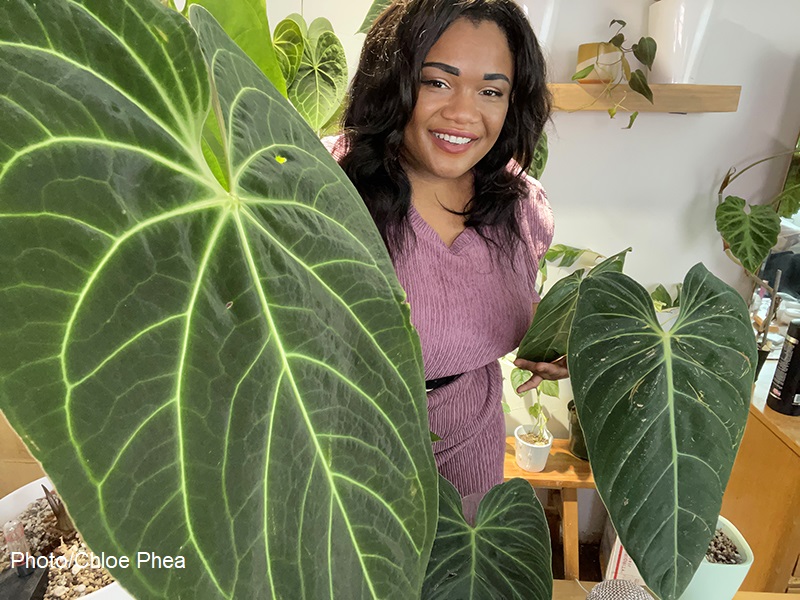
Watch more houseplant tips on CTG!
Lindsey Mayer and Melissa Hagen, Tillery Street Plant Company
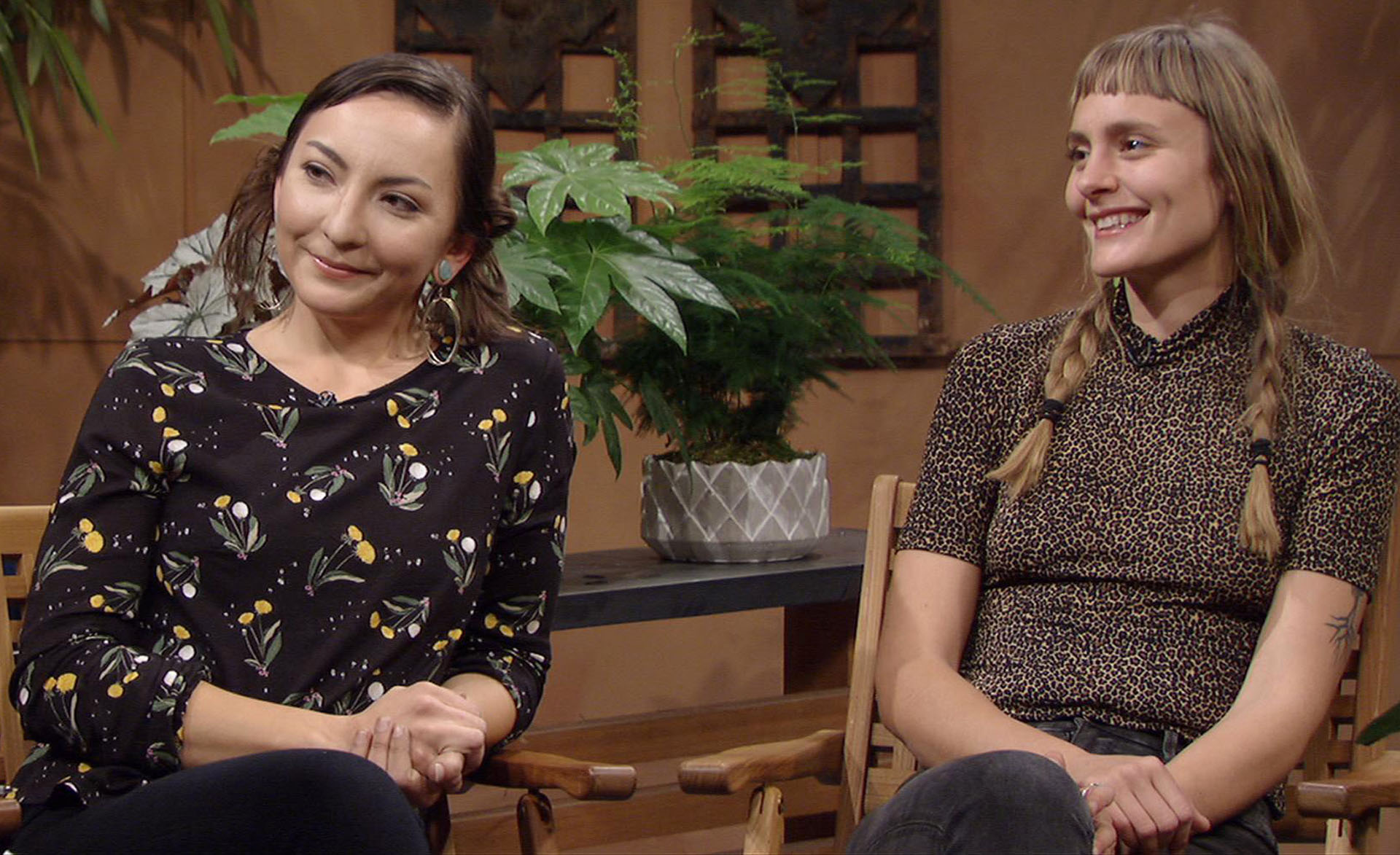
Melissa Hagen’s indoor garden
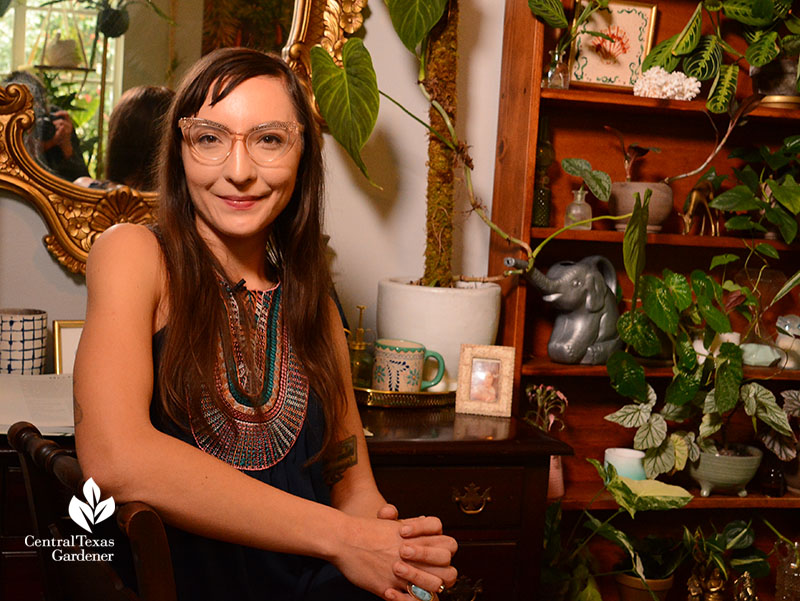
Diagnose indoor succulent problems with Monique Capanelli, Articulture Designs
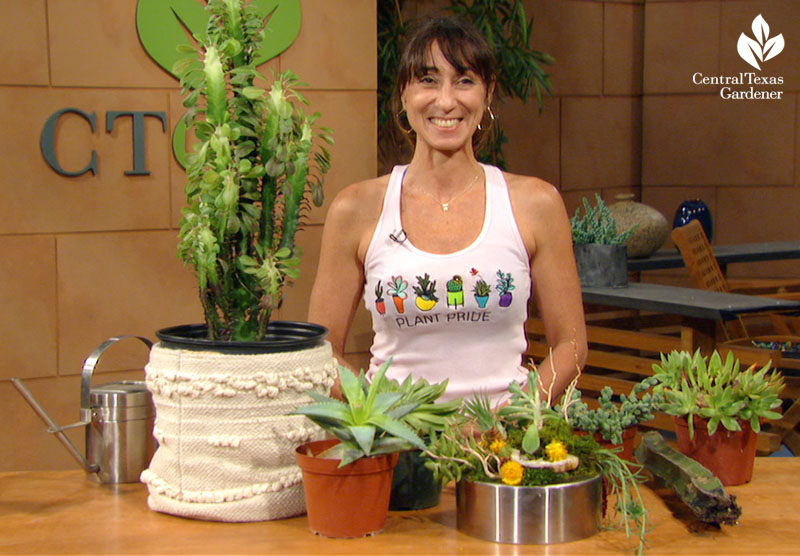
Dividing houseplants with John Dromgoole, The Natural Gardener
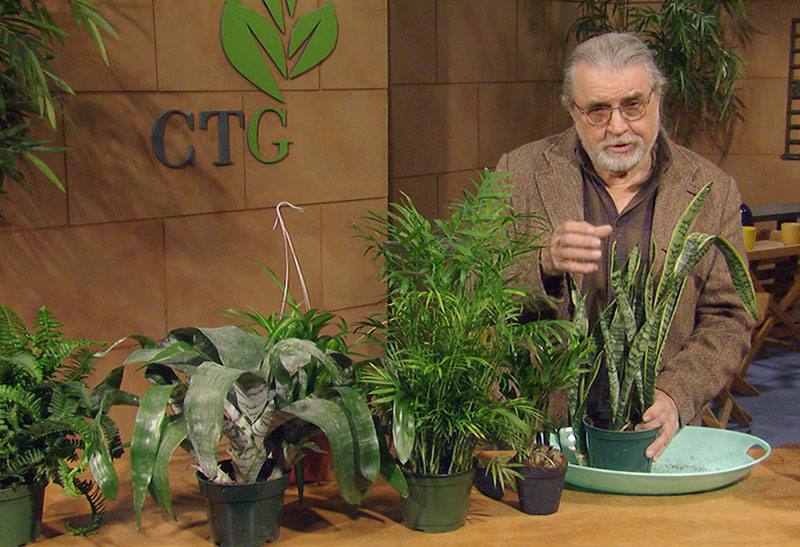
Dividing ferns, propagating pothos and coleus with John Dromgoole, The Natural Gardener

Orchid tips with Lucy Newton and Sheryl Hawkins
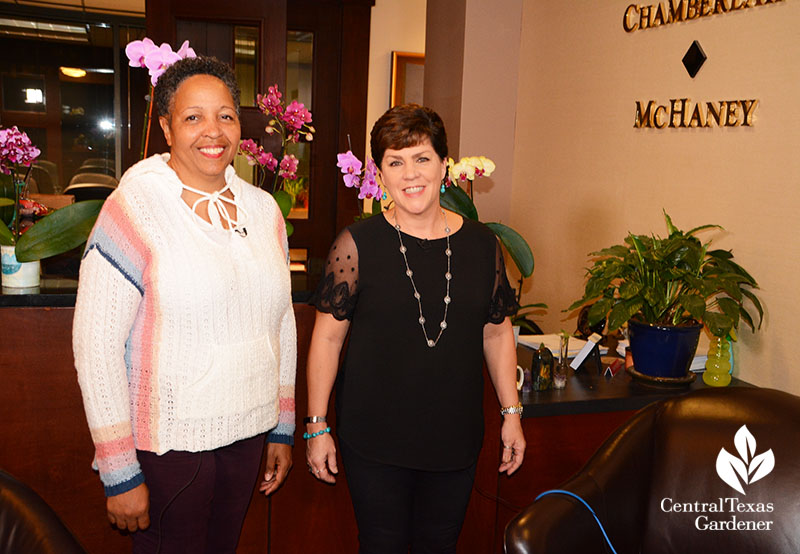
Orchids made easy with Jessica Robertson
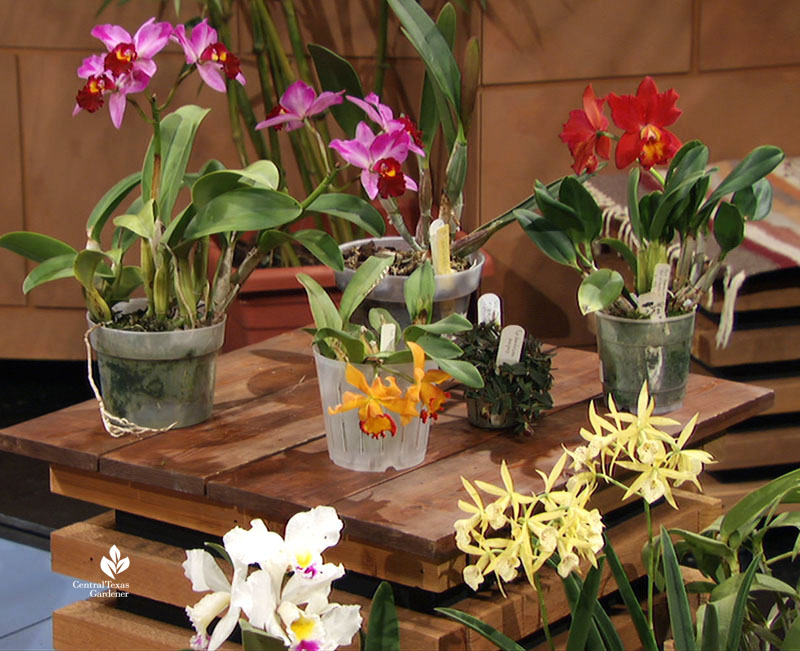
Watch now for all of Chloe’s tips!
Thank you for stopping by! Linda
tags:

